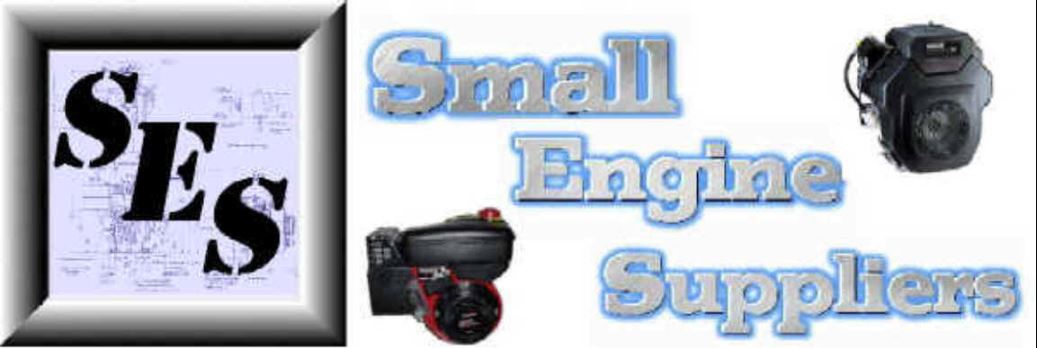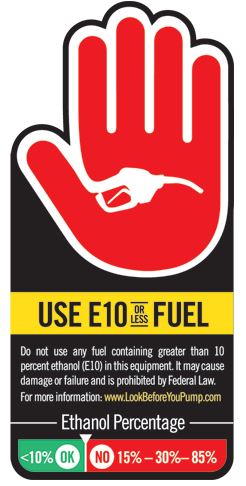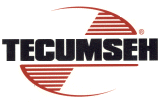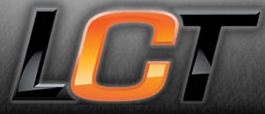|
||
Engine Gross Horse Power and Gross Torque Ratings: You may have noticed that the HP ratings of some engines have dropped recently. This is primarily due to the way small engine power is now rated. Below is our explanation of horsepower, for different respective small engine manufacturers based on the best knowledge and research we have been able to do to date. Starting on October 1, 2013 new engines were required to be within 95% of the declared power and torque as opposed to the old standard of 85%. This is resulting in lower HP ratings, on new engines, that were produced after that date. For example: Most engines that used to be rated at 30 HP are now rated at 27 HP. Most engines that used to be rated at 27 HP are now rated at 24 HP. These engines normally have the same torque values as the earlier versions that were rated higher in HP and have the same power. Briggs & Stratton Engines HP Ratings While horsepower has been traditionally been used for small engine applications, torque ratings are not new for engines. Gross Torque is the immediate twisting force required to turn a blade or pump at a given moment. So, torque is the way to measure the rotational force a machine can produce - i.e. exactly what a walk behind mower does as it cuts grass or a pressure washer as it pumps water - and more accurately describes the capability or job capacity of an engine for these applications. However, horsepower is maintained as a measure of power for our larger engines. These models are often used in applications, such as a riding lawnmower, that may require engine power to be distributed to multiple areas of the equipment such as transmission, wheels, hydraulics, etc.). Horsepower is a more meaningful measure of an engine's power in these types of applications. The gross power rating for individual gasoline engine models is labeled in accordance with SAE (Society of Automotive Engineers) code J1940 Small Engine Power & Torque Rating Procedure, and is rated in accordance with SAE J1995. Torque values are derived at 2600 RPM for those engines with “rpm” called out on the label and 3060 for all others; horsepower values are derived at 3600 RPM. Net power values are taken with exhaust and air cleaner installed whereas gross power values are collected without these attachments. Actual gross engine power will be higher than net engine power and is affected by, among other things, ambient operating conditions and engine-to-engine variability. Given the wide array of products on which engines are placed, the gasoline engine may not develop the rated gross power when used in a given piece of power equipment. This difference is due to a variety of factors including, but not limited to, the variety of engine components (air cleaner, exhaust, charging, cooling, carburetor, fuel pump, etc.), application limitations, ambient operating conditions (temperature, humidity, altitude), and engine-to-engine variability. Due to manufacturing and capacity limitations, Briggs & Stratton may substitute an engine of higher rated power for this engine. While horsepower has been traditionally been used for these applications, torque ratings are not new for engines. Gross Torque is the immediate twisting force required to turn a blade or pump at a given moment. So, torque is the way to measure the rotational force a machine can produce - i.e. exactly what a walk behind mower does as it cuts grass or a pressure washer as it pumps water - and more accurately describes the capability or job capacity of an engine for these applications. Vanguard engines are not affected by the new ratings. See the following pdf from Briggs and Stratton explaining torque Briggs_Torque_Explained.pdf Kohler Engines HP Ratings SAE J1940 Improved engine design and manufacturing technologies over the past decade have reduced variations in the power output of small engines. This has prompted the SAE to update its standardized rating procedure. The new standard requires all engines produced from October 1, 2013 must be within 95% of the declared rated power and torque as opposed to the old standard of 85%. SAE has also stated that the engine manufacturer must disclose the rpm for rating and gross vs. net. Phase 31Tier 3 Emission Regulations As emission regulations continue to tighten, Kohler has implemented two-barrel carburetors on some models to improve engine performance and emission ratings with the ability to tune each cylinder on the larger horsepower twin cylinder engines. Models using heavy-duty air cleaners have been converted to the new carburetors. To easily identify these engines, the model numbers were changed on the third digit to signify the two-barrel design. Effective October 2013 Kohler Engines made changes to some of the engine models, ratings, and displacements. Kawasaki Engines HP Ratings Kawasaki appears to be using a combination of the SAE J2723 rating methodology and the SAE J1995 Gross Power testing procedures. A global testing agency, TÜV Rheinland Group, verifies sample models from specific Kawasaki engine series. “There are several different combinations of SAE testing and rating standards for engines,” says Greg Knott, applications engineering manager, Kawasaki Motors Corp. “In the past we along with the rest of the industry used SAE J1940, which permits the advertised rated value to be 85% of the test values.” For example, on an engine rating of 10 HP, test results were required to show the engine put out 8.5 hp. The Wikipedia definition of Horsepower is shown at the link below. https://en.wikipedia.org/wiki/Horsepower To approximate the HP of an engine that is rated in torque we use the following formula: HP = (Torque x RPM) / 5252 (torque x angular speed) We normally use 3600 RPM as this is a popular top no-load speed for engines. It usually comes out pretty close to what they used to be rated. For example: For a 9.0 torque engine (900 Series), a HP approximation, using the formula above yields (9.0 x 3600) / 5252 = 6.17. Most engines in that class used to be rated as 6.5 or 7 HP engines. |
















